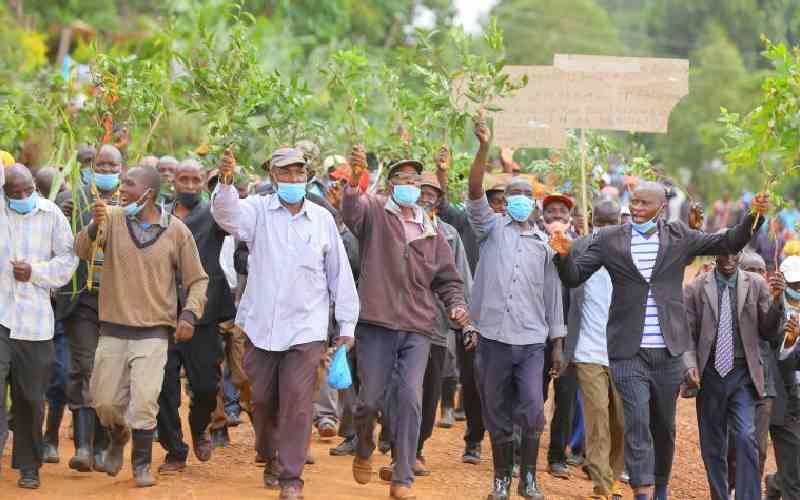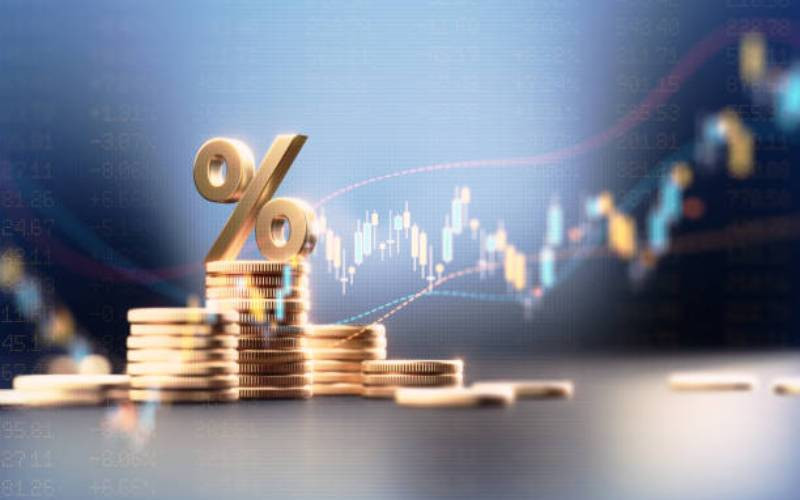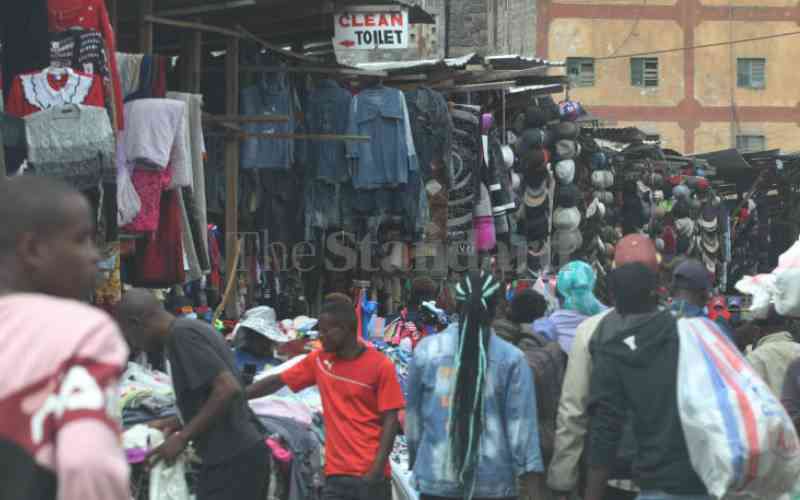
I visited Sudan in 2013. It was the first time I visited a country without writing about it. There wasn’t much to write about. The recent regime change sent my memories rolling.
It was about three hour’s flight from Nairobi.
The airport at Khartoum was rather dull and dry. A taxi driver to my hotel kept ranting about the state of the economy as if I had a solution.
I long noted that the best “economists” are hustlers like taxi drivers; they sometimes understand economics issues better than professional economists.
Their observations are based on realities, not textbook theories. He complained of joblessness and lack of freedom.
In my hotel, right in the middle of the city, I noted the scarcity of guests and foreigners.
The few I met told me they were visiting the pyramids.
Political instability
They reminded me that there are more pyramids in Sudan than Egypt but rarely publicised because of political instability since uhuru from the United Kingdom and Egypt in 1956.
The streets of Khartoum were dusty and slow. Like most African cities, the informal sector was in full bloom. Small scale traders on street corners selling wear in the heat of above 30 degrees centigrade.
Only two things brightened by visit whose main objective was some high-level hustling.
One was seeing the confluence of Blue and White Niles. The two rivers, one muddy and one clear join to make a mobile lake that snakes to the north giving life to the Sahara Desert through Egypt.
This river has for centuries nourished all the civilisations that have made the Nile Valley their home, from the pharaohs to current nomads and modern farmers. I wondered how much of that water came from Mau ranges in Kenya.
I wondered how many Sudanese ever lose their sleep over our deforestation.
The other bright spot was the national museum. One item caught attention; a three-legged stool dated 1500BC. Yet my mum and other elderly Kenyan ladies own such stools. Does that show our link to Sudan?
Could that explain why the Sudanese are so much at home in Kenya particularly at Karatina and Kibra? Giant granite statues and other artefacts show Sudan was once great civilisation.
But the streets and mood of the people on the streets showed otherwise. The country appeared frozen in time and prospects.
The country felt and smelt like an old communist country, over-controlled and underperforming.
Even English, the language of business was in short supply, thanks to the prominence of Arabic. In my seminar, someone had to translate my presentation into Arabic which was not very exciting, you lose spontaneity.
How do you translate jokes?
After two days in the heat with temperatures hitting 32 degrees Celsius at 8:00 am, I left one afternoon. That is when the economic realities beyond the lamentations of the taxi driver hit me. I had 520 unused Sudanese pounds.
The most logical thing was to change back that money to dollars, any hard currency or even Kenya Shilling. That was not possible. It was hard to keep scarce foreign currency. I brought the “useless “pounds home till I met someone travelling to Sudan.
The shortage of foreign currency is one symptom of a bad economy. Sanctions and bad politics kept off investors and dampened the entrepreneurship spirit of the citizen of Sudan, newly divorced from South Sudan.
2013 was two years after the partition of Sudan, by then the largest country in Africa.
Is that why it was ruled by both Egypt and Britain? South Sudan took two-thirds of oil. It is like a divorce without alimony or child support.
Add long periods of political instability, economic decline, sanctions, isolation, and political divorce and it’s easy to explain what happened in Sudan this month. It was long coming.
The anger reached a boiling point. One curious question is why a regime change came so soon after the US lifted sanctions against Sudan. Did low oil prices and the lower proceeds from transit fees for crude oil break the camel’s back? Did the regime run its course and was tired and exhausted? Why did the demonstrators become so bold?
What was their inspiration? Why did Sudan escape the Arab spring? Did partition forestall that? In the fullness of time, we shall know what really brought down the regime.
What were the visible and invisible hands? We now have a regime change, with a very fluid and leaderless country.
The problem with regime changes is that the old older often give way in drips. The political vacuum can at times sack in opportunists and prolong the instability and economic decline which makes the original situation worse.
Think of Iraq or Libya and their regime changes. In Sudan, Libya and Iraq, there was a prize-oil. The breakup of Sudan never brought peace. Other differences emerged among the south Sudanese leading to civil war. We can’t rule out the oil curse.
Will the professionals led regime change give Sudan a new lease of life? What can Kenyan do help Sudan get on her feet again? When will the children of Sudan smile again without the background of war, famine and political repression?
A democratic election would give legitimacy to the new rulers. That is the easier part.
Reviving an economy tattered by layers of political regimes since uhuru in 1956 will be a slog but worth trying.
Other nations like Japan, Korea or Germany recovered after wars. We should not give up on Sudan.
-The writer teaches at the University of Nairobi
 The Standard Group Plc is a multi-media organization with investments in media
platforms spanning newspaper print operations, television, radio broadcasting,
digital and online services. The Standard Group is recognized as a leading
multi-media house in Kenya with a key influence in matters of national and
international interest.
The Standard Group Plc is a multi-media organization with investments in media
platforms spanning newspaper print operations, television, radio broadcasting,
digital and online services. The Standard Group is recognized as a leading
multi-media house in Kenya with a key influence in matters of national and
international interest.
 The Standard Group Plc is a multi-media organization with investments in media
platforms spanning newspaper print operations, television, radio broadcasting,
digital and online services. The Standard Group is recognized as a leading
multi-media house in Kenya with a key influence in matters of national and
international interest.
The Standard Group Plc is a multi-media organization with investments in media
platforms spanning newspaper print operations, television, radio broadcasting,
digital and online services. The Standard Group is recognized as a leading
multi-media house in Kenya with a key influence in matters of national and
international interest.










